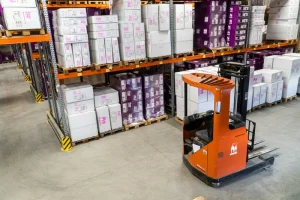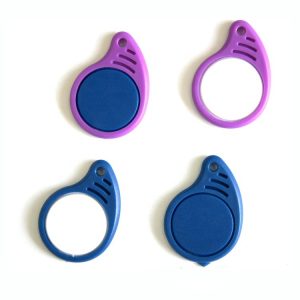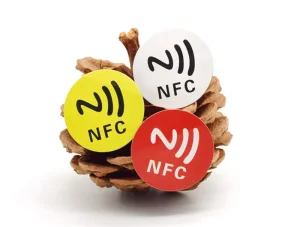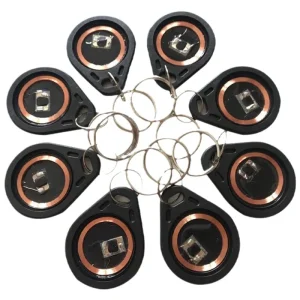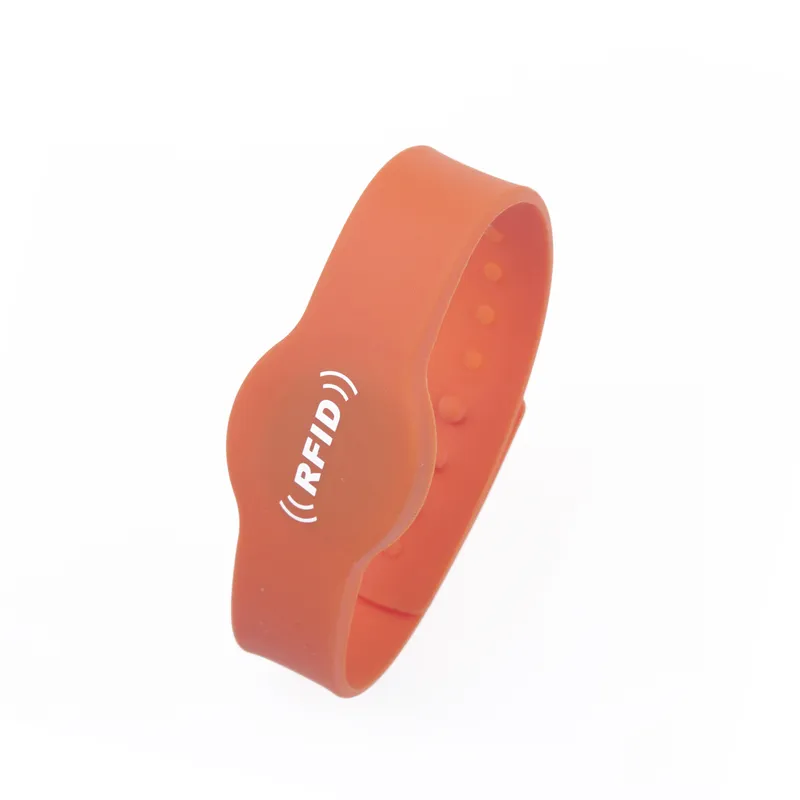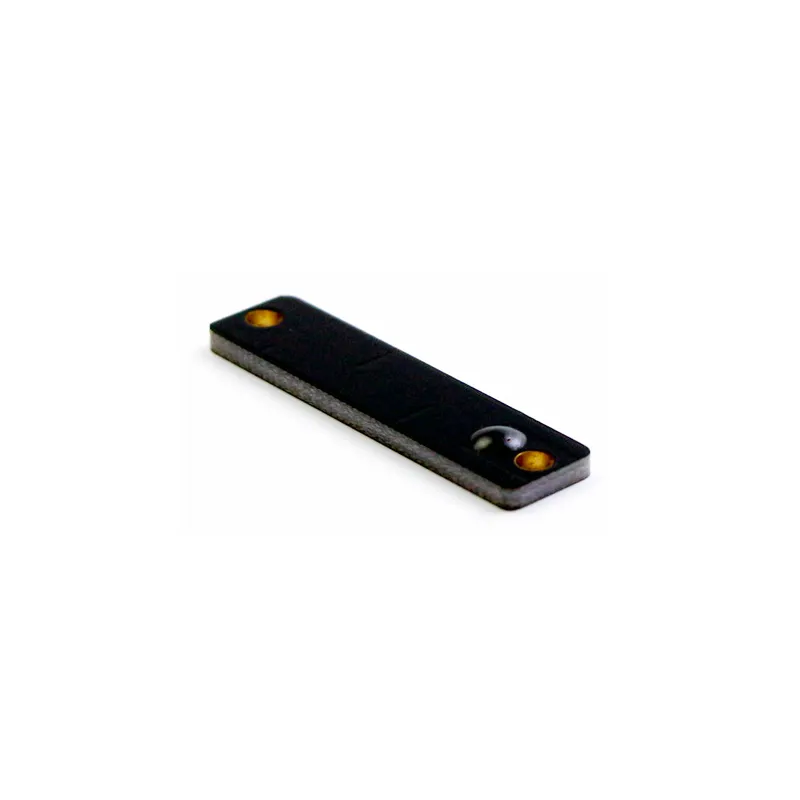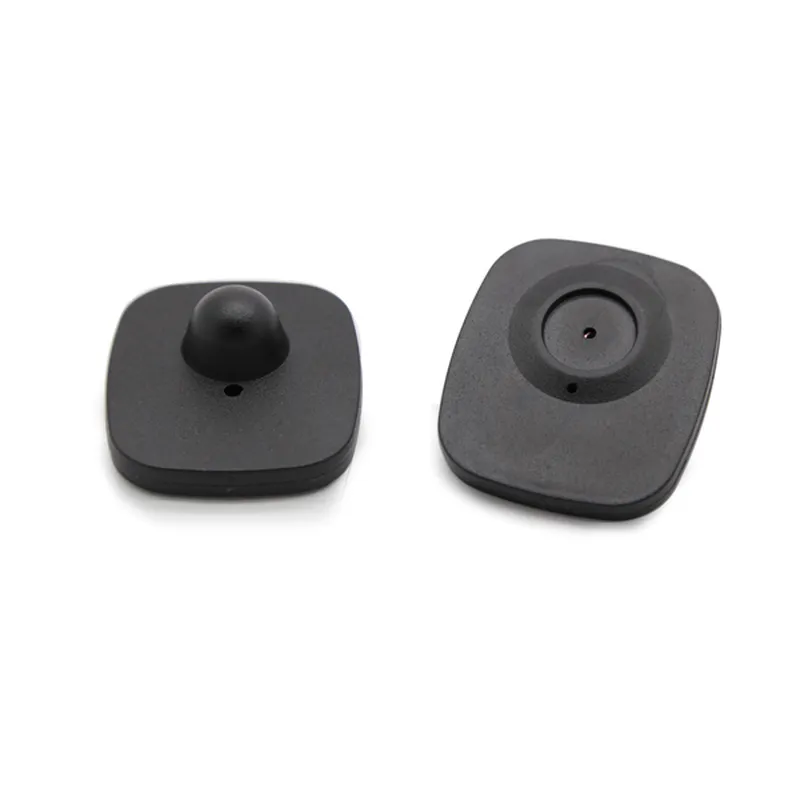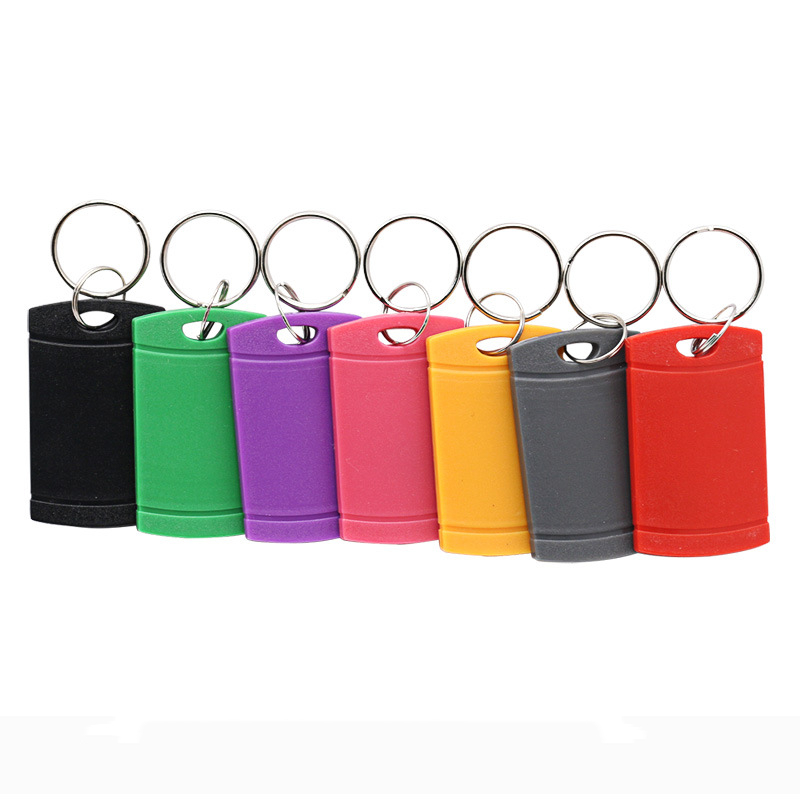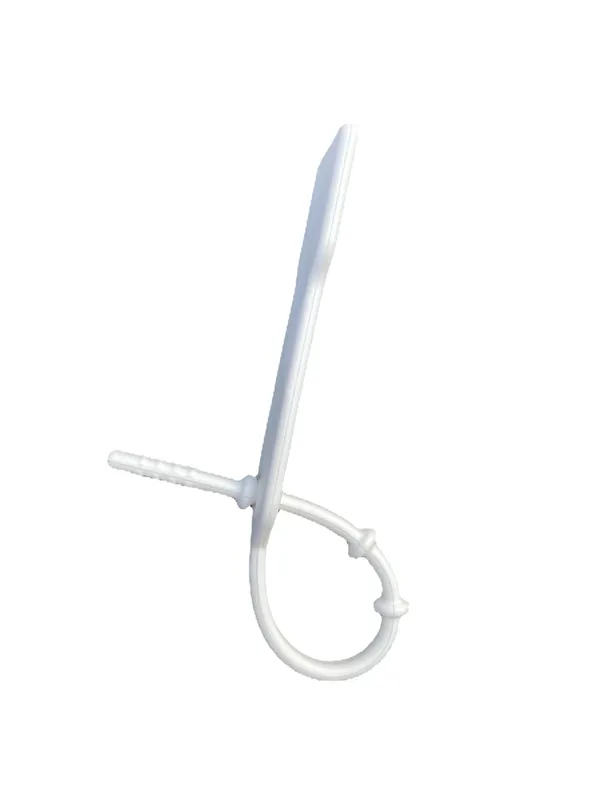RFID Texical Launtry Tag
Zvikamu
Inoratidzwa Zvigadzirwa
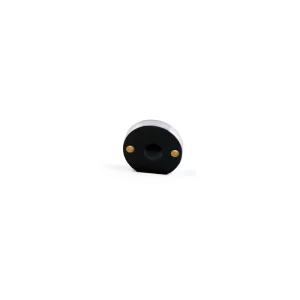
RFID yekufambisa midziyo
Radiofrequency kuzivikanwa (Rfid) Tekinoroji inoshandiswa muRFID Container Tags,…
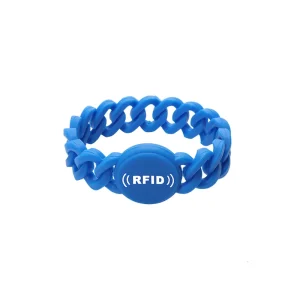
RFID BRACELET YEMAHARA
RFID Bracelets yemahotera anopa nyore, Basa Romunhu, and high…

RFID nzeve tags yeNguruve
Rfidud nzeve makiyi emapundu ndicho chishandiso chakakosha mu…
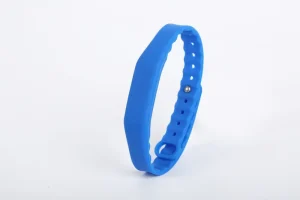
RFID WRIST BAND
RFID wRist bhendi iri nyore kupfeka, shockproof, Waterproof, uye…
Munguva pfupi yapfuura Nhau
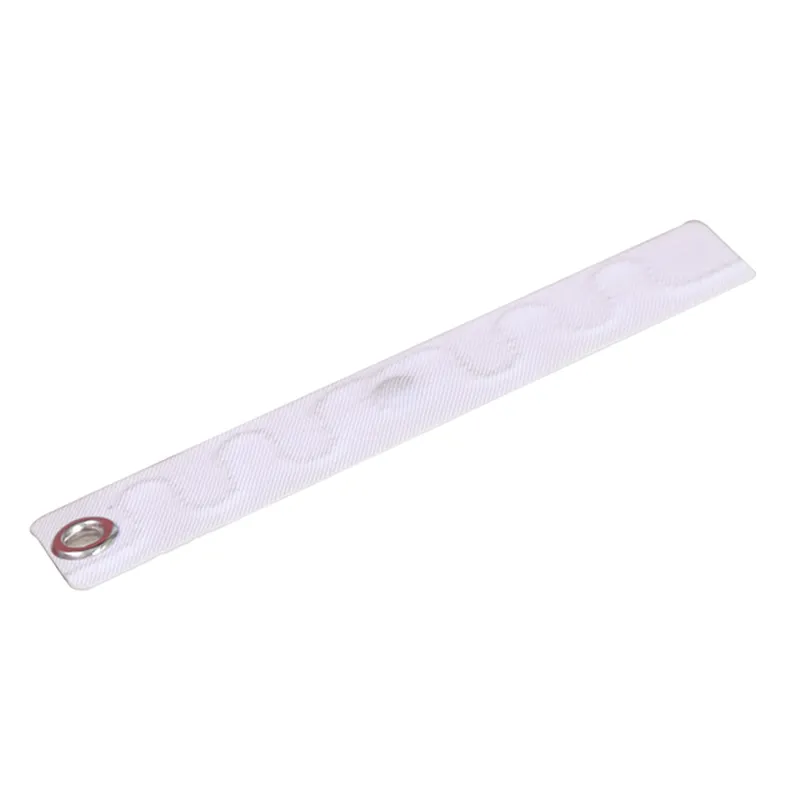
Tsanangudzo Pfupi:
RFID textile laundry tag are used to monitor and identify clothes during washing and management processes. They are often sewed on or hot-pressed into textiles, such as hotel linens, hospital uniforms, and school uniforms. By sewing an RFID tag with a globally unique identification number, these tags automate the monitoring and administration of textiles. The tag chip stores the worldwide unique identification code, the number of washes, and other relevant details about the textile.
Tigovereiwo:
Chigadzirwa Chinhu
RFID Textile Laundry Tag are used to monitor and identify clothes while they are being washed and managed. In order to precisely and swiftly identify and trace textiles throughout the washing and distribution process—such as hotel linens, hospital uniforms, Maurayigomu echikoro, etc.—these tags are often sewed on or hot-pressed into them.
By sewing an RFID tag with a globally unique identification number for every textile, it is possible to automate the monitoring and administration of textiles via the use of RFID textile washing tags. The reader can instantly scan the tag’s information while the textile is being washed, enabling speedy textile identification, categorization, and recording. Pamusoro pe, by monitoring data like the quantity of washes and the duration of usage, the service life of textiles may be estimated, offering a reliable foundation for purchasing strategies.
Working principle of RFID textile laundry tags
- RFID tags are typically made up of two components: the tag chip and the antenna. The worldwide unique identification code, the number of washes, and other pertinent details about the textile are stored in the tag chip. Wireless radio frequency signals are received and sent via the antenna.
- Operation of the RFID reader-writer: The reader-writer emits radio frequency signals in proximity to the tag. The tag’s antenna will pick up these signals and transform them into electrical energy, turning on the tag chip.
- Data exchange: When the tag chip is turned on, it will use the antenna to wirelessly transmit the data it contains to the reader. Following receipt of this data, the reader will decode it before sending it to the computer system for further processing.
- Data processing: The received data may be analyzed, stored, and queried by the computer system. It may, semuyenzaniso, keep track of how often the fabric is cleaned, how long it is used for, uye zvimwe zvinhu. Based on this data, it can anticipate the fabric’s service life and assist purchase strategies with forecast data.
- RFID technology has the capability of two-way communication. This implies that the reader has the ability to add new information to the tag in addition to reading the existing information. Saizvozvo, the data on the tag may be updated as required throughout the cleaning and maintenance of textiles.

Hunhu:
| Kutevedzera | EPC Kirasi1 Gen2; Iso18000-6C |
| Frequency | 902-928MHZ, 865~ 868mhz (Inogona kugadzirisa
frequency) |
| Chip | Nxp ucode7m / Ucode8 |
| Ndangariro | EPC 96bits |
| Verenga / Nyora | Yes (EPC) |
| Kuchengetedza data | 20 makore |
| Hupenyu | 200 Geza cycle kana 2 makore kubva kuZuva Rekutumira
(chero chichiuya kutanga) |
| Zvinhu | Textile |
| Dimension | 75( L) x 15( W) x 1.5( H) (Cancustomizethesizes) |
| Kupisa tembiricha | -40℃ ~ +85 ℃ |
| Kupisa tembiricha | 1) Kugeza: 90℃(194uif), 15 maminetsi, 200 kutenderera
2) Pre-kuomesa mu tumbler: 180℃(320uif), 30maminetsi 3) Iron: 180℃(356uif), 10 masekondi, 200 clecle 4) Maitiro ekusimbisa: 135℃(275uif), 20 maminetsi |
| Mechancal Resistance | Kusvika pa 60 mabara |
| Dhirivhari Fomati | Single |
| Kuisa nzira | sewing or cable tie |
| Uremu | ~ 0.7g |
| Package | Antistic Bag uye carton |
| Ruvara | Chena |
| Magetsi | Passive |
| Makemikari | Zvakajairika makemikari mumakemikari ekushambidza |
| Rohs | Zvinoenderana |
| Verenga
chinhambwe |
Kusvika pa 5.5 mamita (Erp = 2w)
Kusvika pa 2 mamita( NeAtidat880handHELDREARY) |
| Polarization | Liner |

Main functions and features of RFID textile laundry tags
- Effective identification: The speed and non-contact reading of RFID tags make textile management and washing much more efficient.
- Precise tracking: RFID technology allows real-time monitoring of every stage of the textile handling and distribution process, including washing, kuomesa, folding, uye kugovera.
- Otomatiki manejimendi: To achieve automated management, decrease manual activities, and lower error rates, RFID technology may be integrated with the database system.
- Data recording: RFID tags are able to save data on the frequency, mutsa, and length of time that textiles need to be cleaned. This allows the washing sector to use cutting-edge, scientific management techniques.
- Kusimba: RFID tags can withstand a variety of washing conditions and are impervious to wear corrosion, and extreme heat.

Zvakanakira:
- Boost washing efficiency: Manual processes may be decreased and washing efficiency can be raised by using automated management and data recording.
- Minimize losses: Accurate identification and real-time monitoring helps minimize textile loss and misclassification.
- Boost customer happiness: It is possible to increase client satisfaction and loyalty via automated management and quick reaction.
- Cut expenses: You may cut costs associated with washing by reducing manual labor and increasing managerial effectiveness.

Main application scope:
- Hotel linen management: There are many different types of hotel linens, such as towels, bed sheets, and quilt covers, which must be regularly laundered. Each piece of linen may have an RFID tag sewn on it to monitor its washing, kuomesa, folding, and distribution in real time. This allows for automated linen management, increased washing efficiency, and decreased loss rates.
- Hospital uniform management: Workers at hospitals are required to wear a set of uniforms to work, which must be regularly laundered. Hospitals that want to implement automated staff uniform management—which includes uniform issuance, recycling, kugeza, and reissuance—can benefit from RFID tags.
- Management of school uniforms: Regular washing of school uniforms is also necessary. RFID tags may increase management efficiency and save human labor in schools by enabling automated management of student uniforms, including receipt, cleaning, and distribution of uniforms.
- Laundry management: RFID tags enable employees at laundromats to promptly recognize garments supplied by customers and document the amount of washing that each item of clothing needs. RFID tags may also assist laundromats in implementing automated garment management, which includes sorting, kugeza, kuomesa, folding, and distributing garments.
- Textile factory management: To guarantee the quality and safety of textiles, RFID tags may be used in textile factories to monitor the manufacturing, quality inspection, kurongedza, and transportation of textiles.
![Rfid Tag mugadziri [Wholesale | Oem | Odm]](https://www.fjrfidfactory.com/wp-content/uploads/2024/04/logo.webp)
